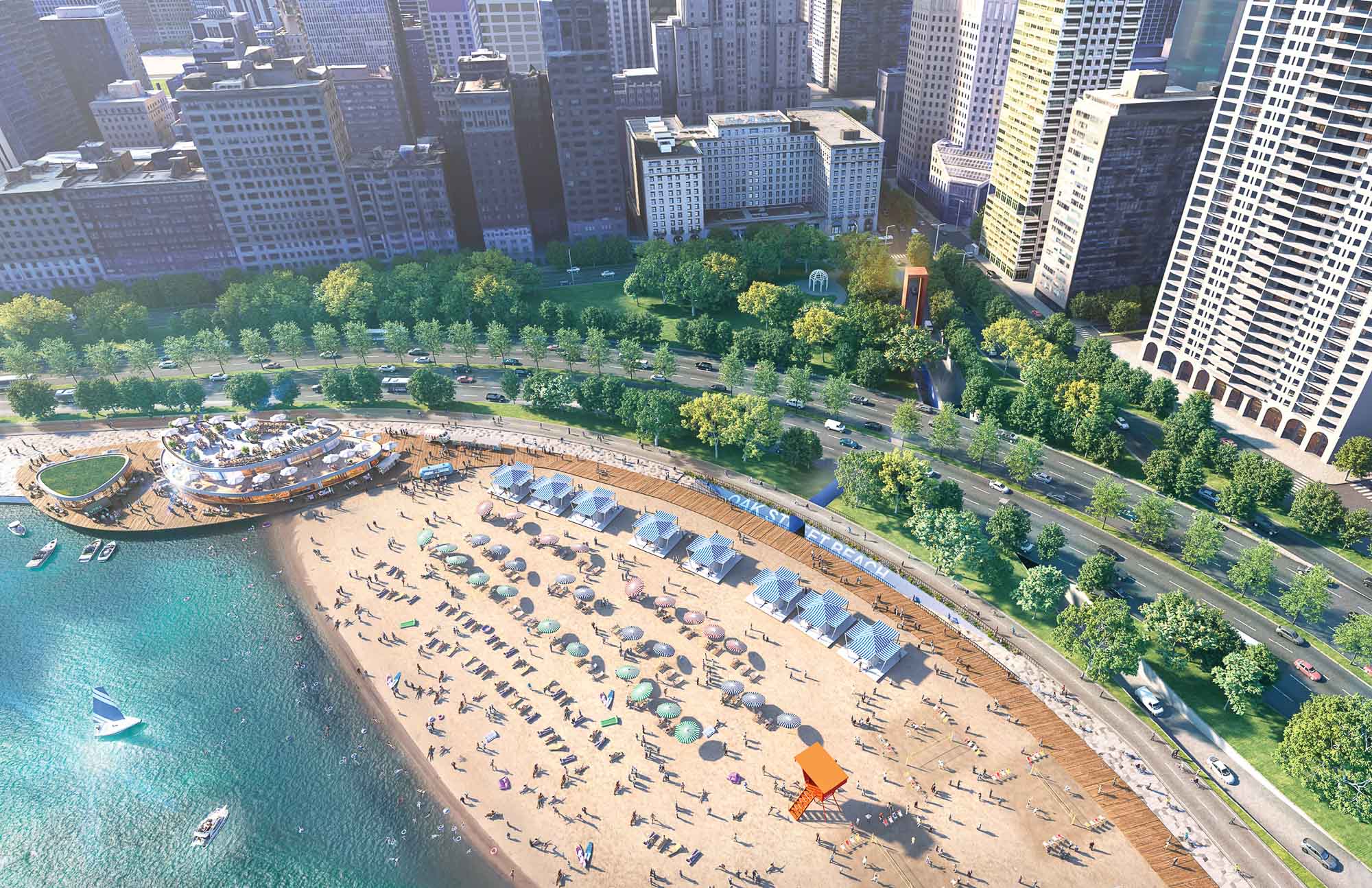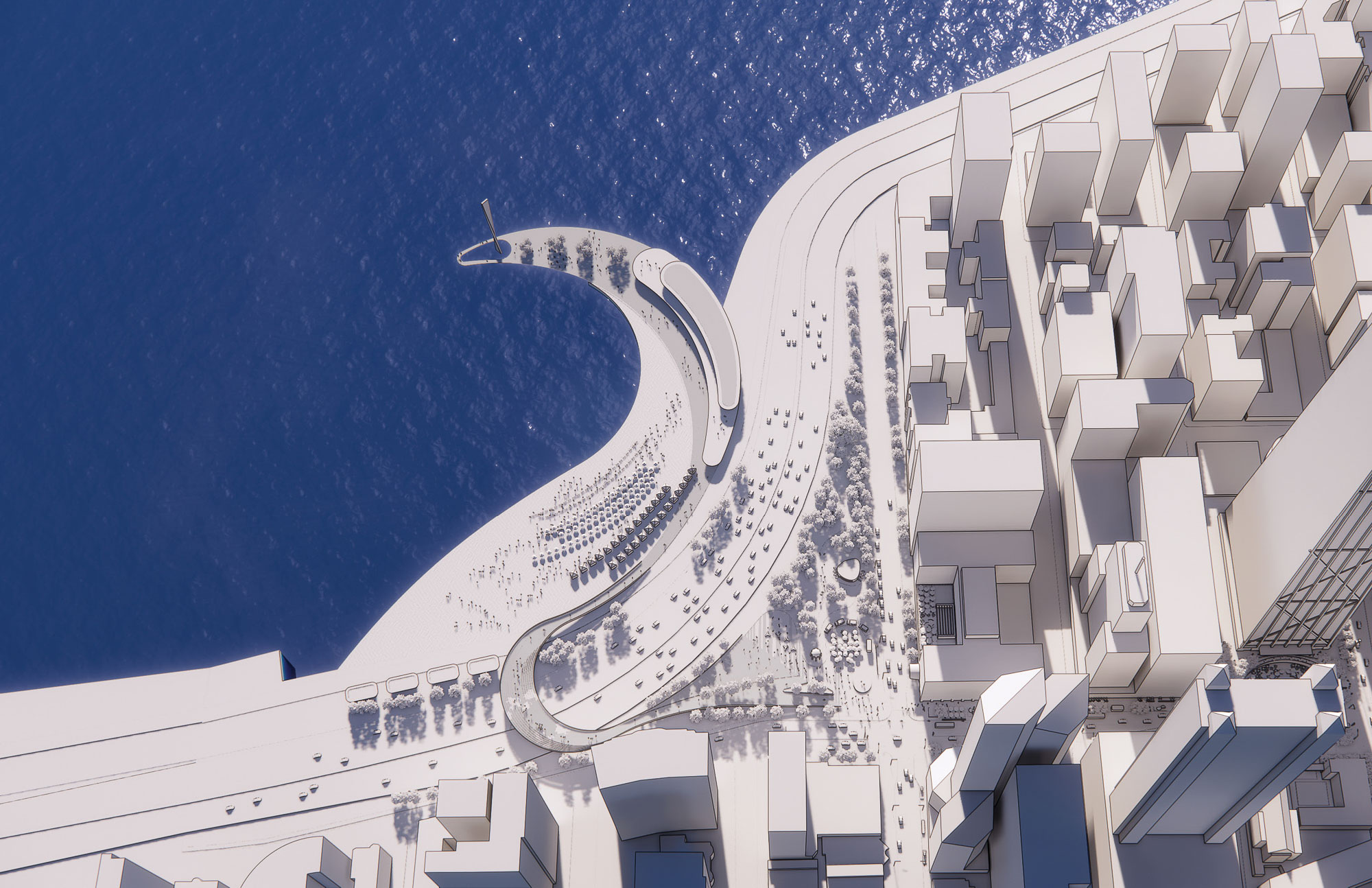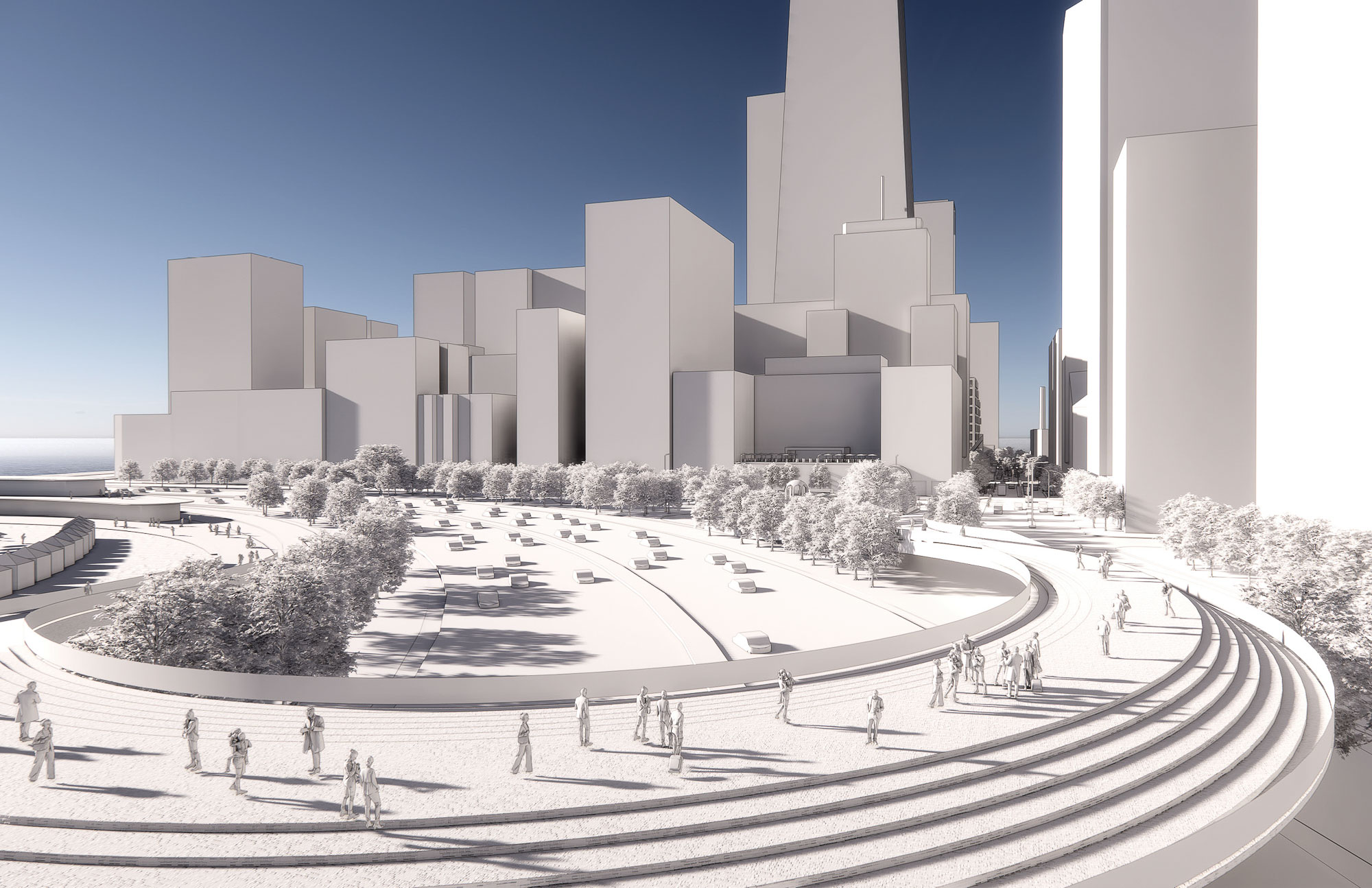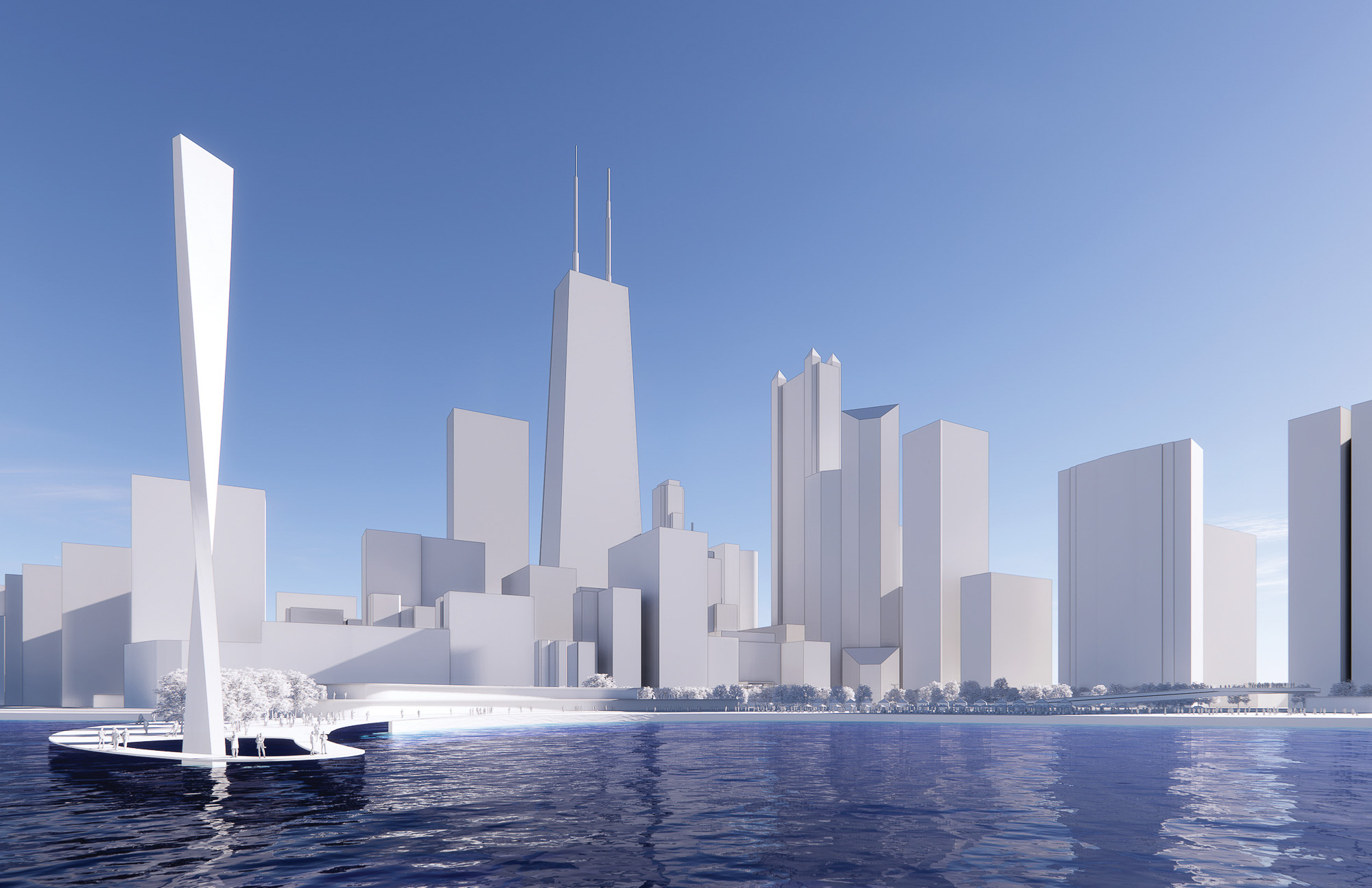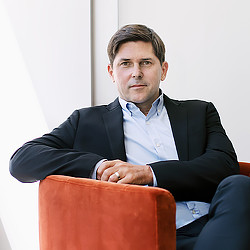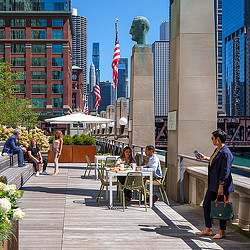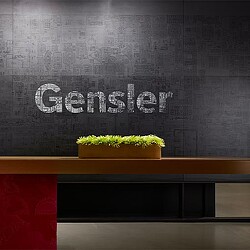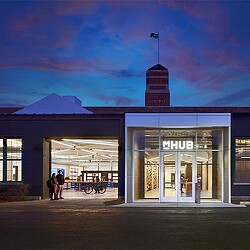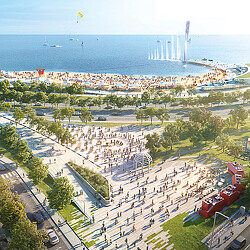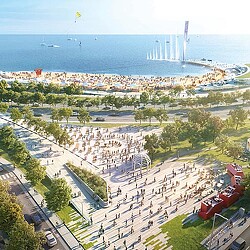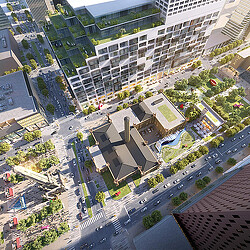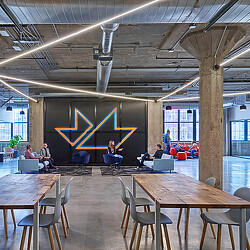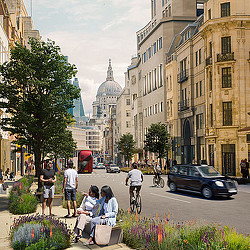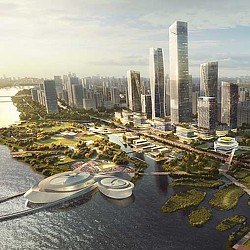Reimagining North Michigan Avenue: A New Era for Chicago’s High Street
Gensler’s study envisions a series of interventions to create an engaging experience on one of the world’s most iconic high streets.
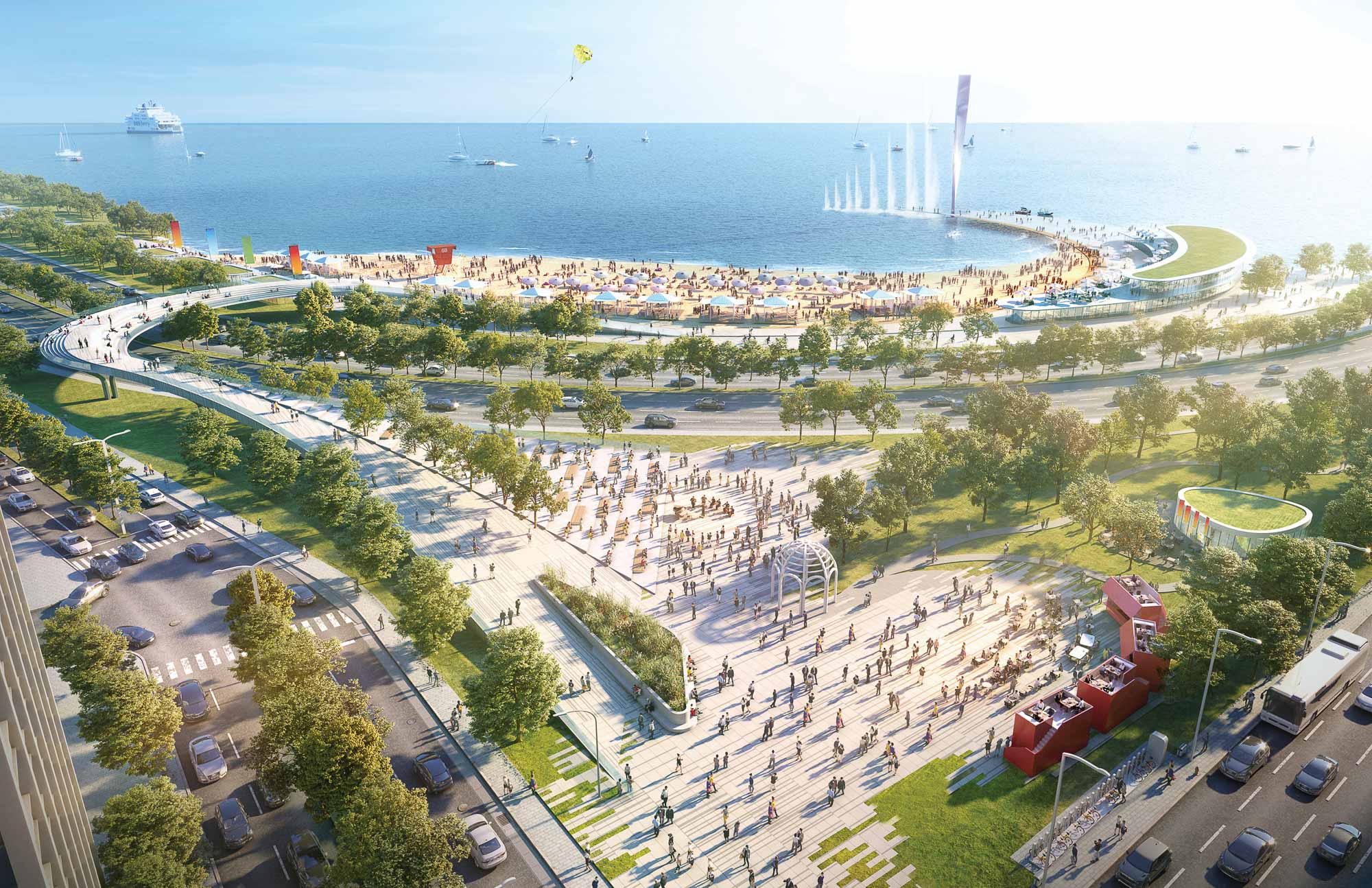
Great global cities have long been anchored by their high streets — the Champs-Elysees in Paris, Fifth Avenue in New York, La Rambla in Barcelona, Omotesando in Tokyo, Regent Street in London, and North Michigan Avenue in Chicago. Over time, many of these iconic destinations have successfully transformed to maintain their relevance as top tourist destinations, key areas of commerce, and core drivers of jobs and tax revenue for their cities.
The COVID era undoubtedly damaged high streets across the world. North Michigan Avenue saw 6.5 million fewer visits per year, accompanied by a 25-35% decrease in property tax revenue; massive losses of sales, hotel, and entertainment taxes; and over 2,000 jobs lost. Despite these challenges, the district continues to employ and entertain residents from all 50 city wards while still generating 18% of citywide hospitality spending, hosting visitors from around the world.
Reinvestment is crucial for global high streets to continually deliver as economic engines for their respective cities. North Michigan Avenue was ready for its next evolution prior to COVID, having not seen major transformation since the 1990s, but today — given the changes in consumer habits, expectations, and lifestyles resulting from the pandemic — it is urgently poised for reinvention. Chicago’s economy, job market, global reputation, and culture depend on it.
By researching the shared components of global high streets and the evaluating current situation on the city’s Magnificent Mile, Gensler and a team of key real estate leaders identified the northern end of North Michigan Avenue as the area with the greatest potential to elevate the experience: a once-in-a-generation opportunity to create a prominent northern anchor, strengthening the entire avenue and offering pedestrians a highly engaging experience on one of the world’s most iconic high streets.
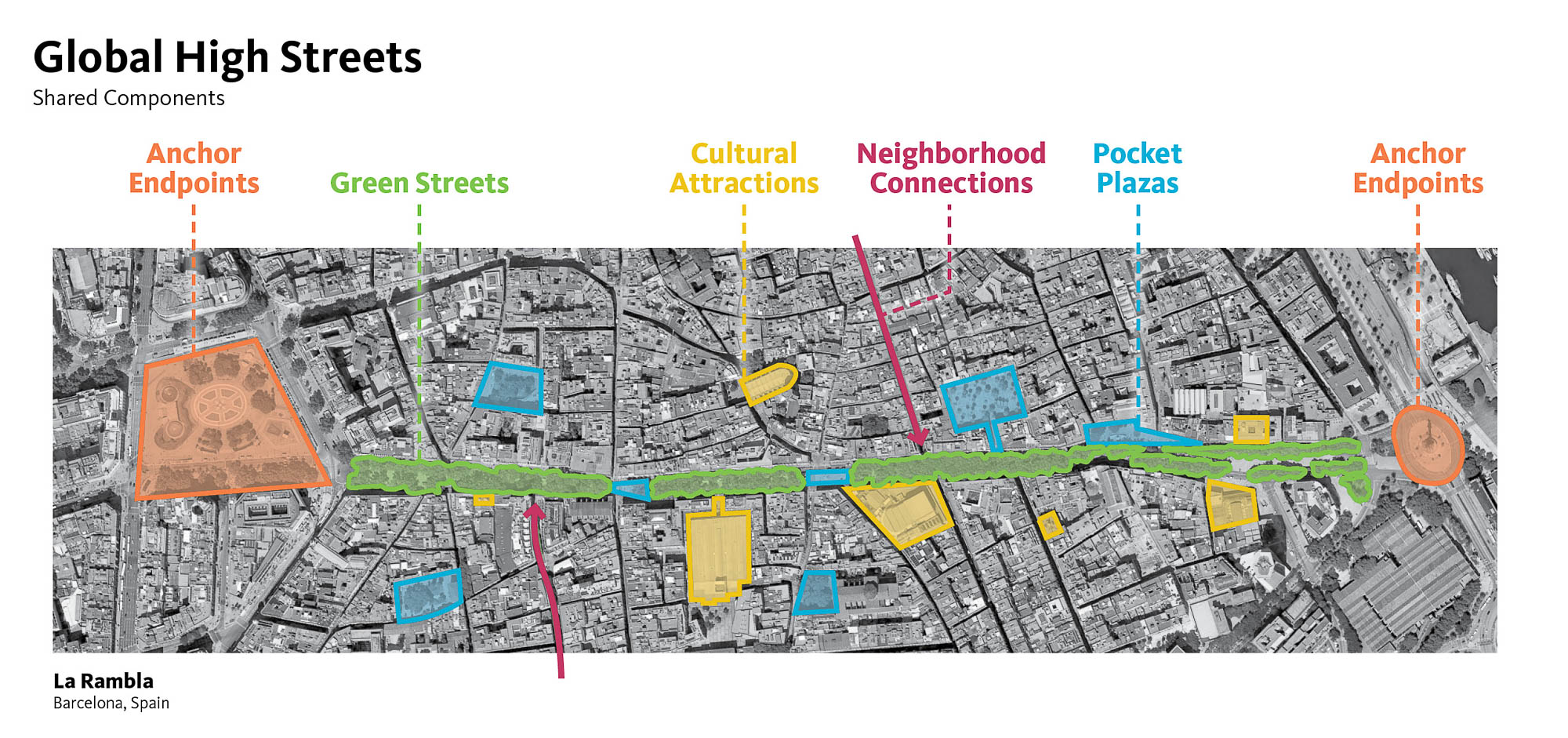
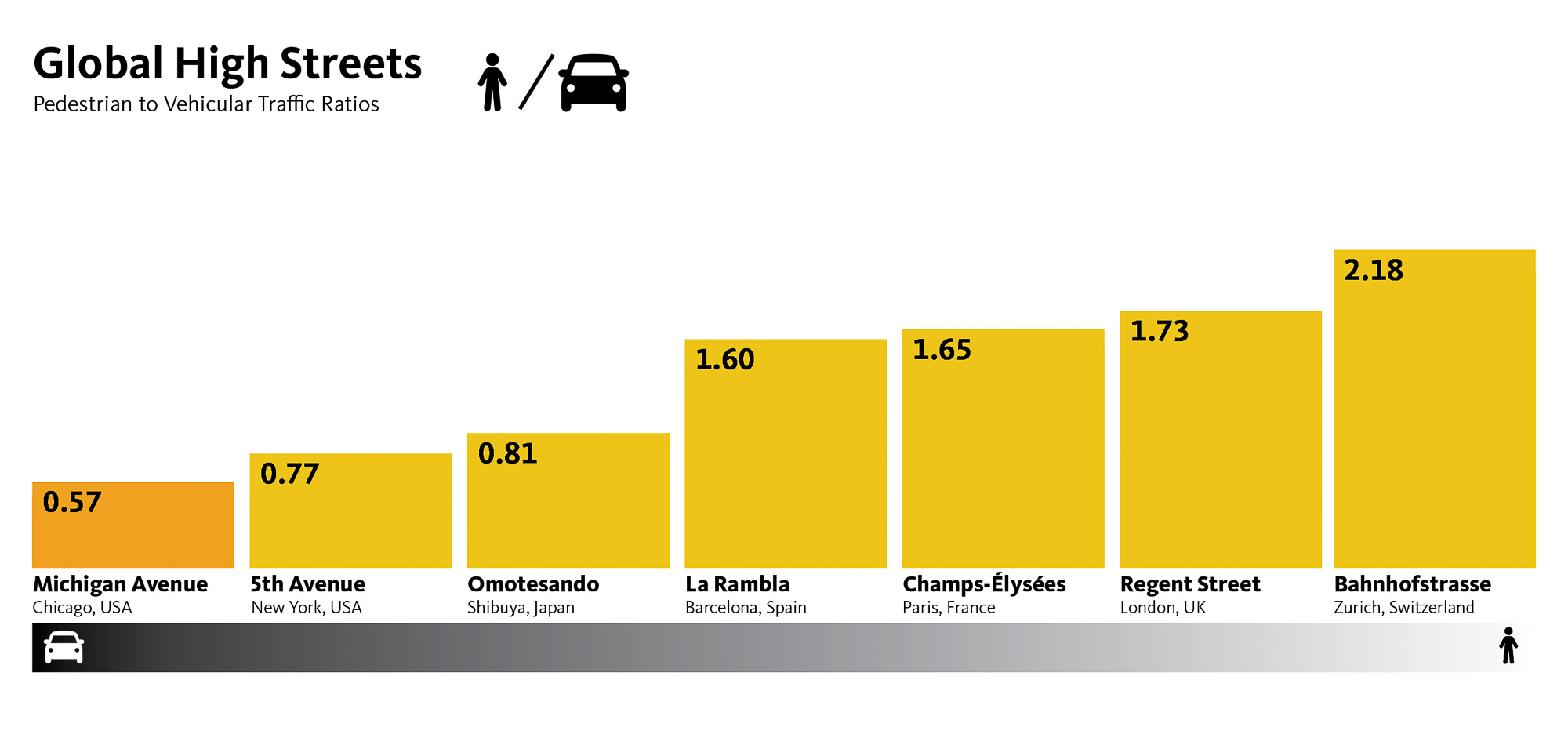
Key Area of Study: North Michigan Avenue Streetscape
By broadening the sidewalks, we can center the experience of pedestrians, offering places for relaxation, respite, and engagement. The interventions give the Avenue added beauty, connectivity, and identity.
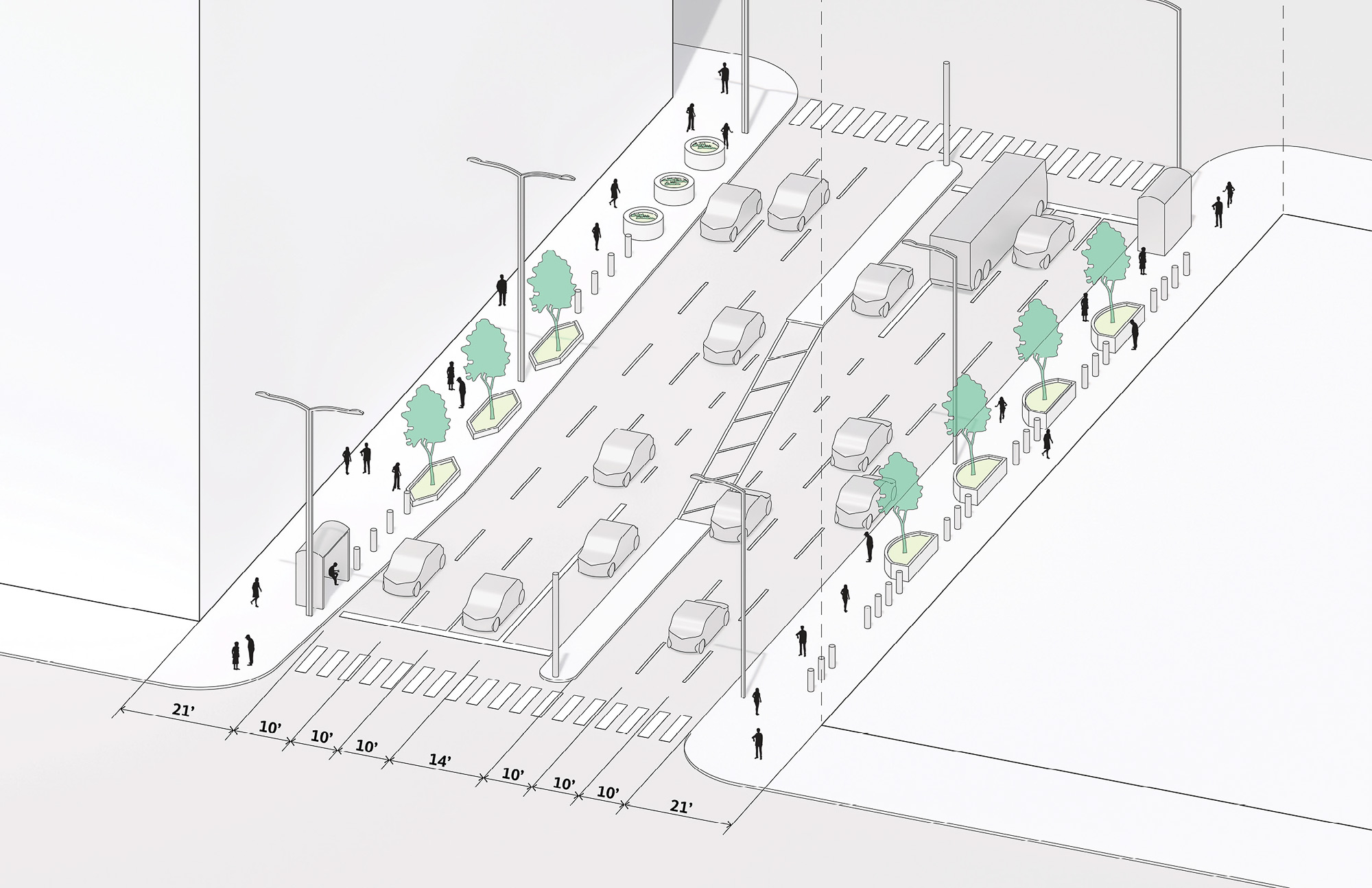
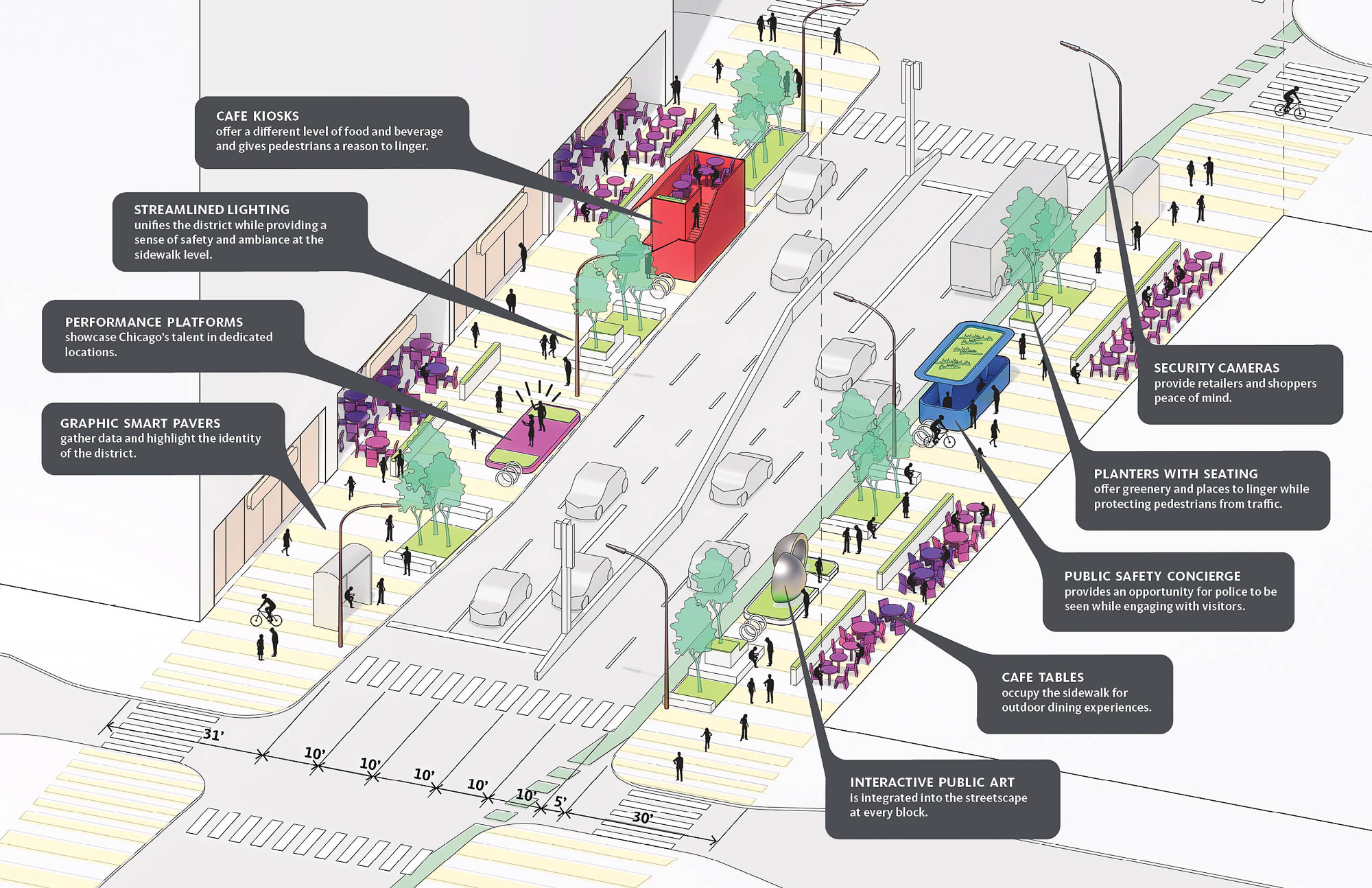
Key Area of Study: Jane Byrne Park
A fresh approach and path improves the flow and experience of the park, celebrating the Historic Water Tower with potential art and food & beverage (F&B) experiences.
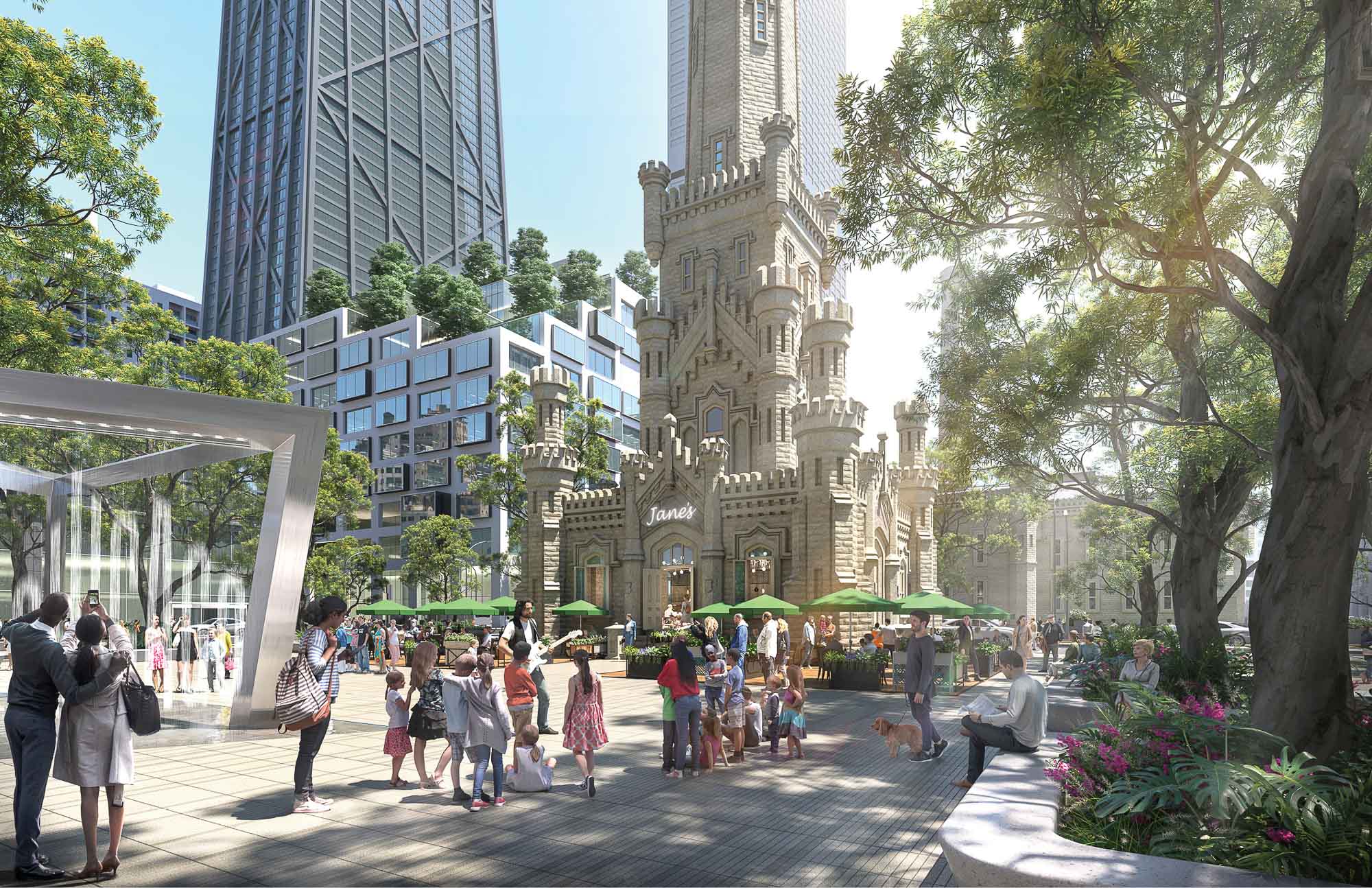
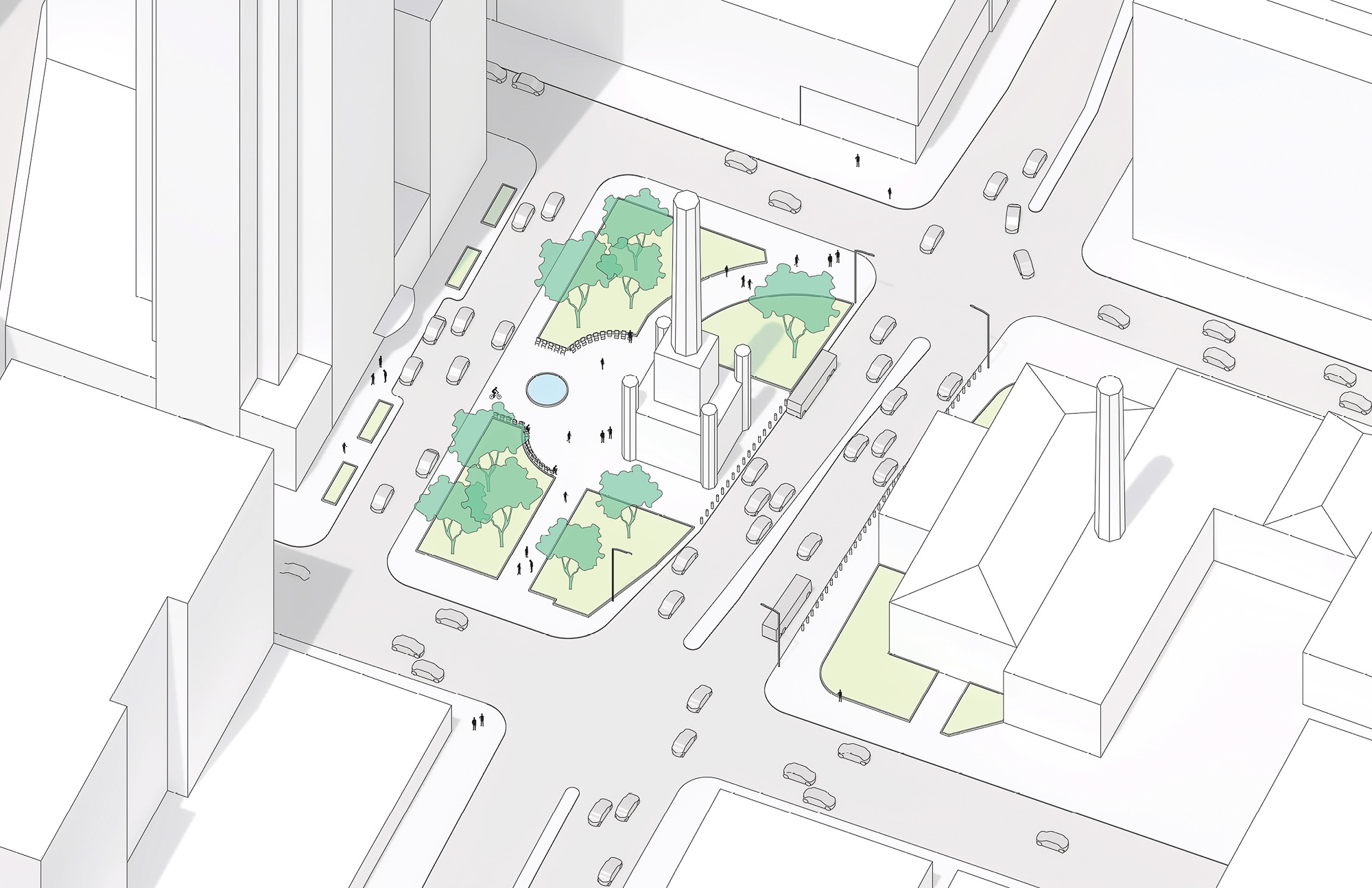
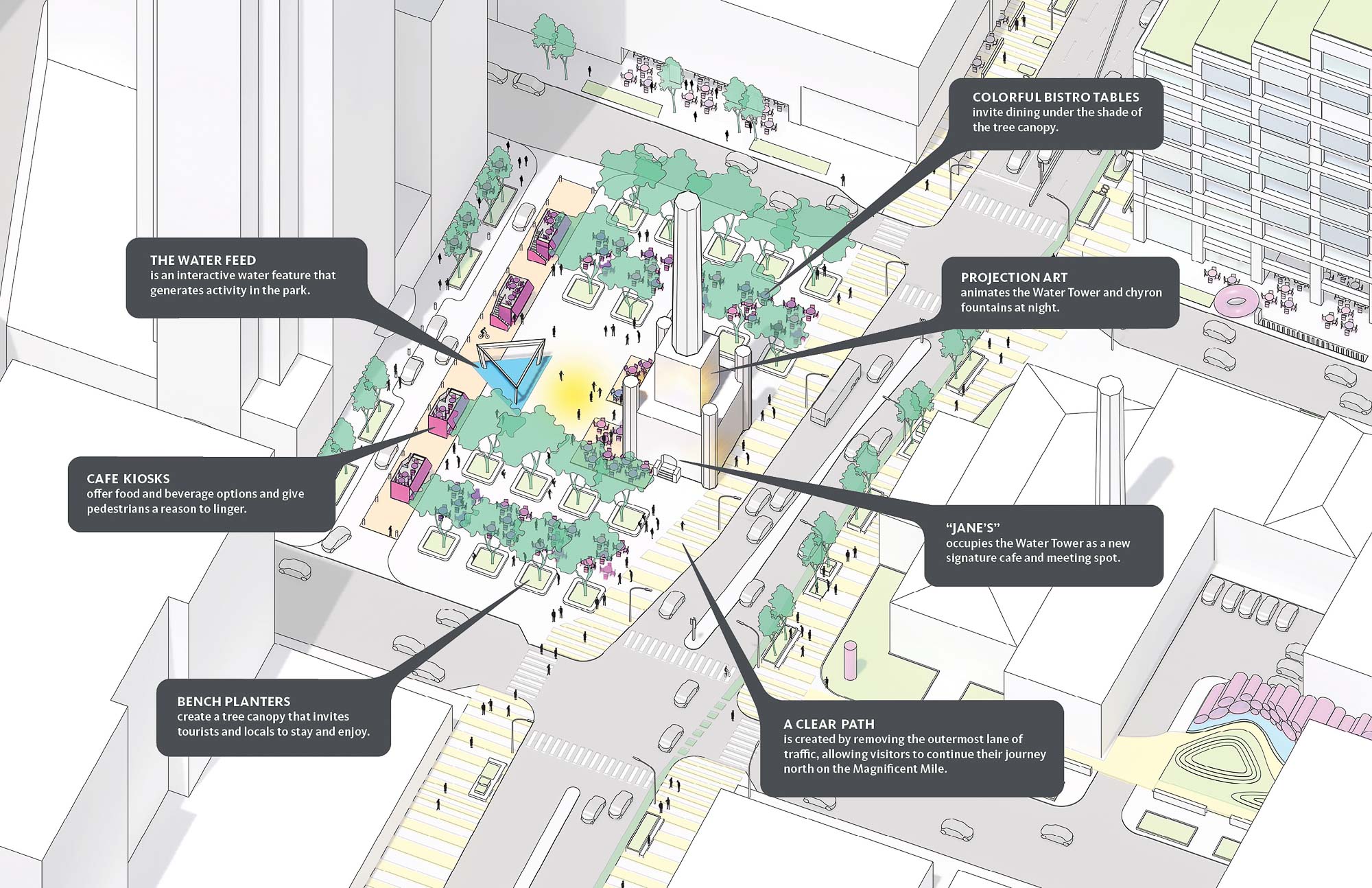
Key Area of Study: Water Tower Place
Opening up the façade and establishing a more permeable ground floor experience creates new opportunities for art, nature, and F&B.
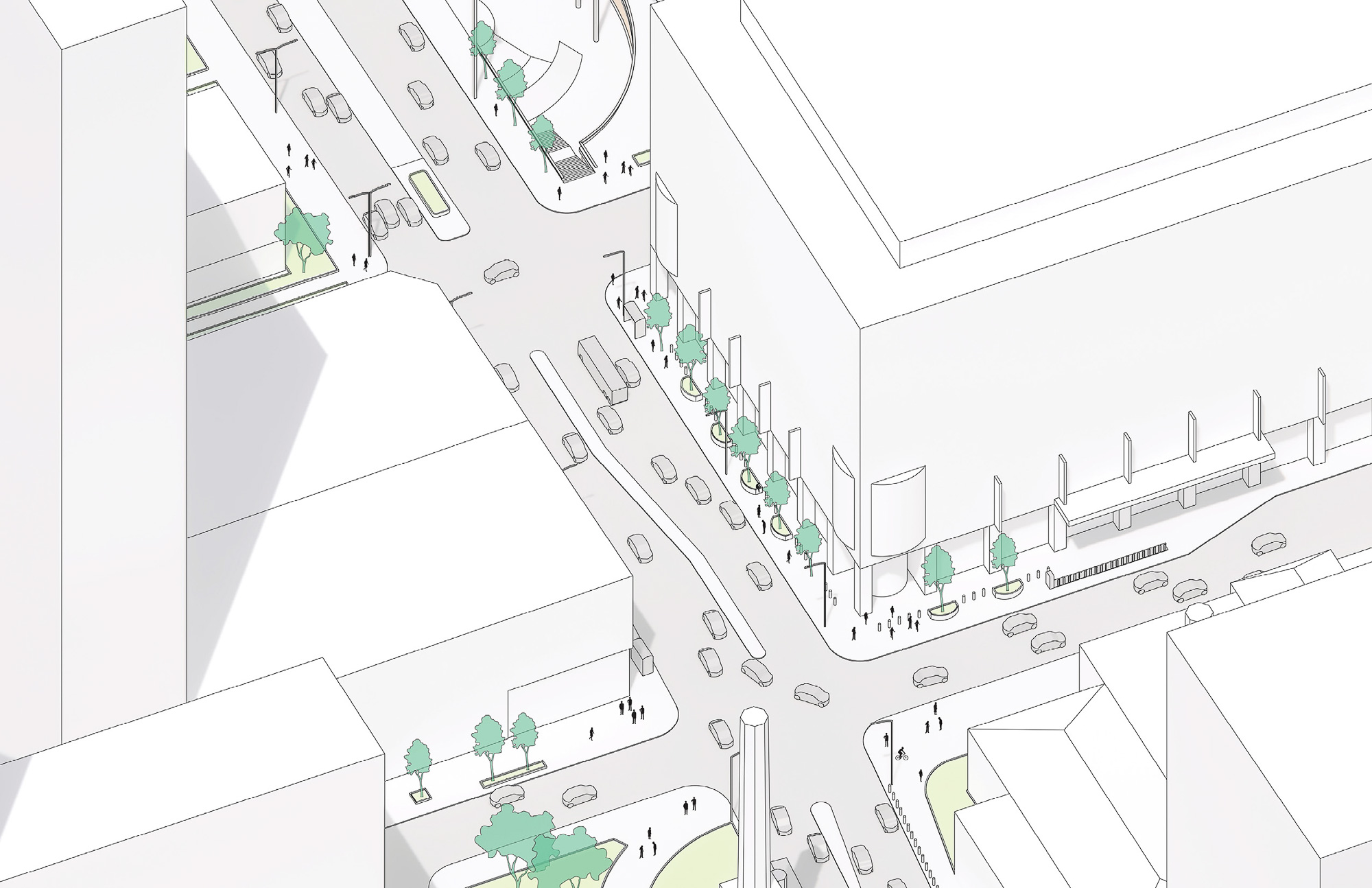
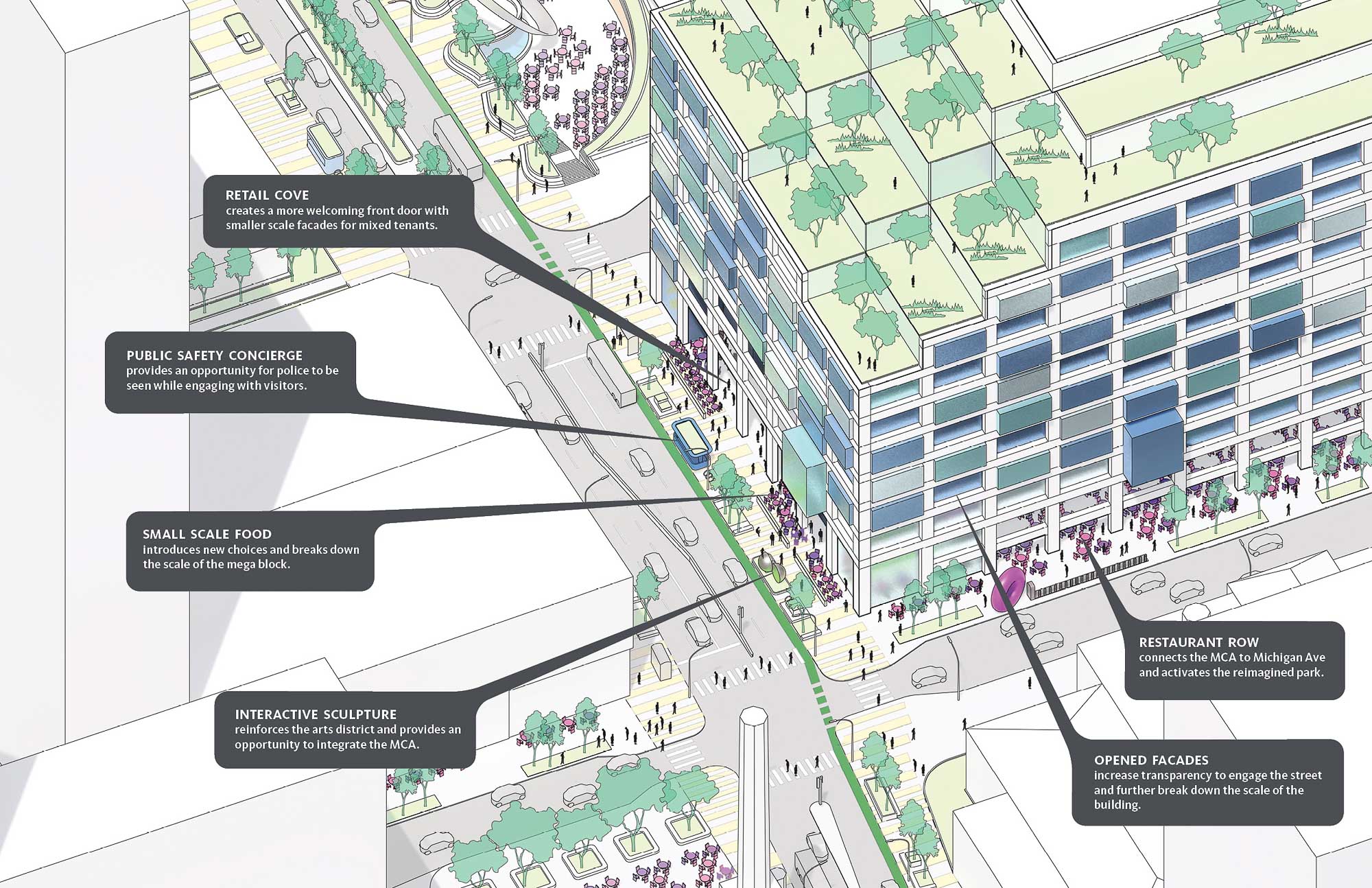
Key Area of Study: Pump Station / Seneca Park / Restaurant Row
Creating connectivity and pull-through opportunities east of Michigan Avenue toward the Museum of Contemporary Art reimagines the area as an arts district and restaurant row.
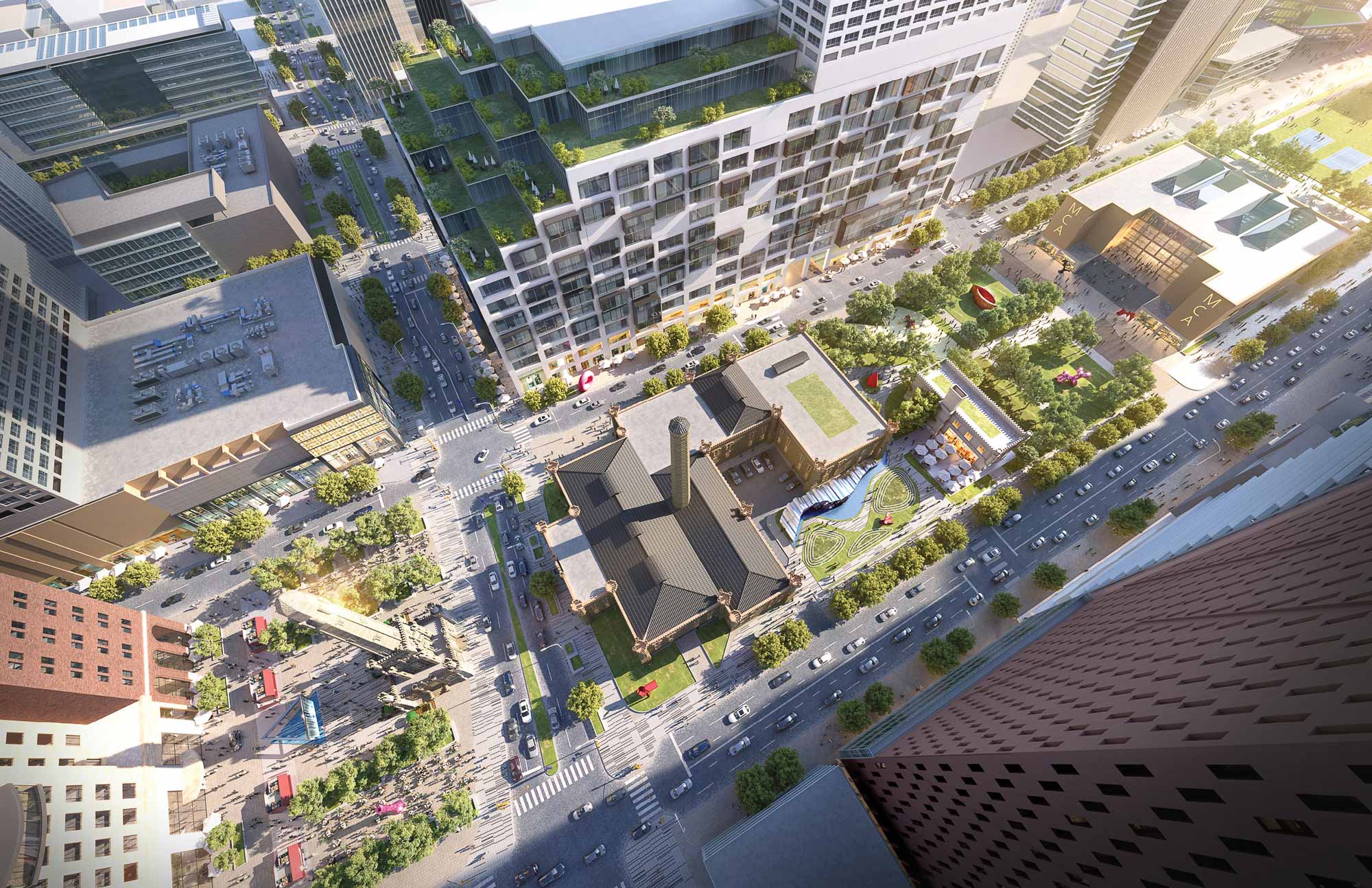
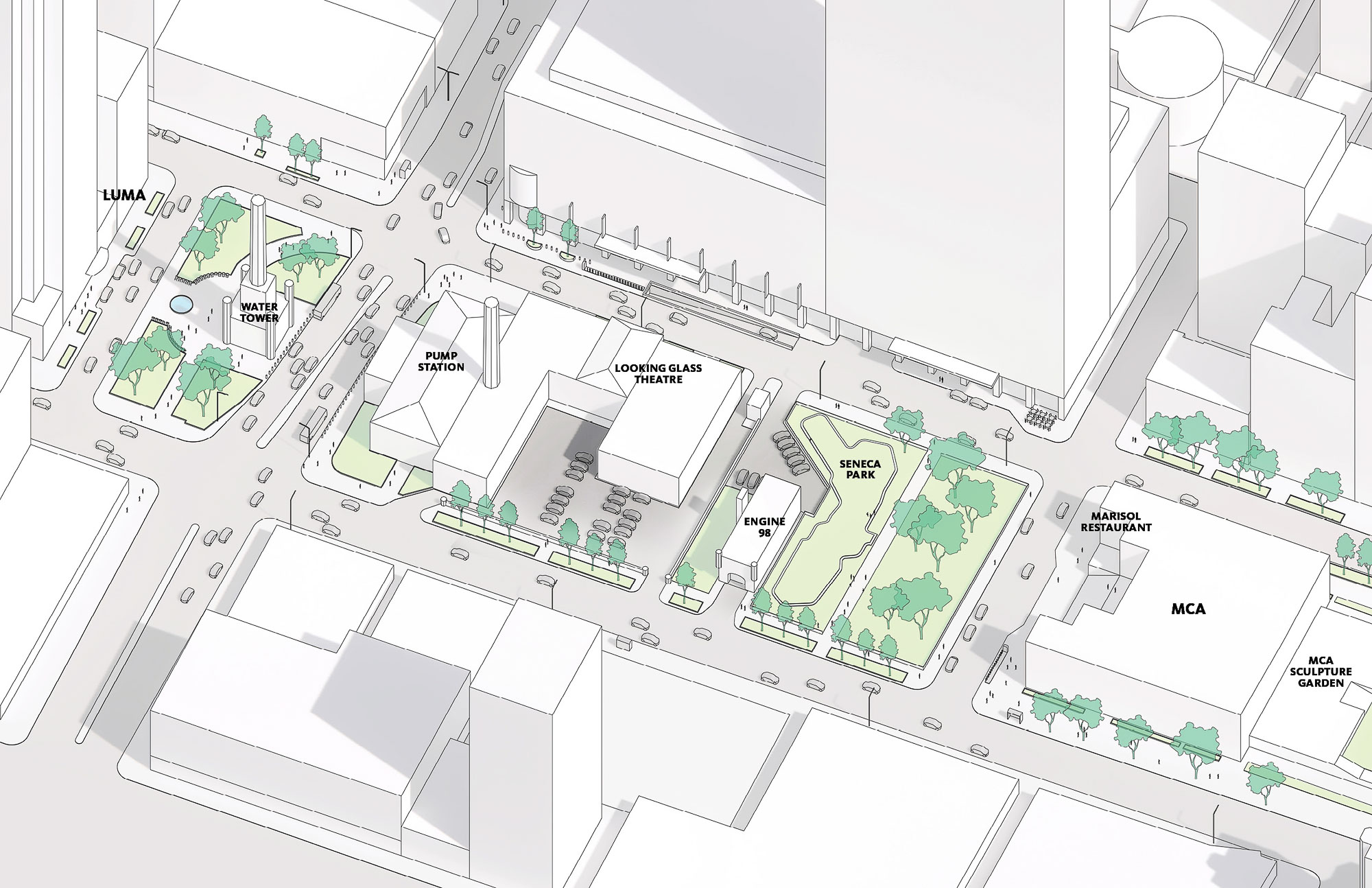
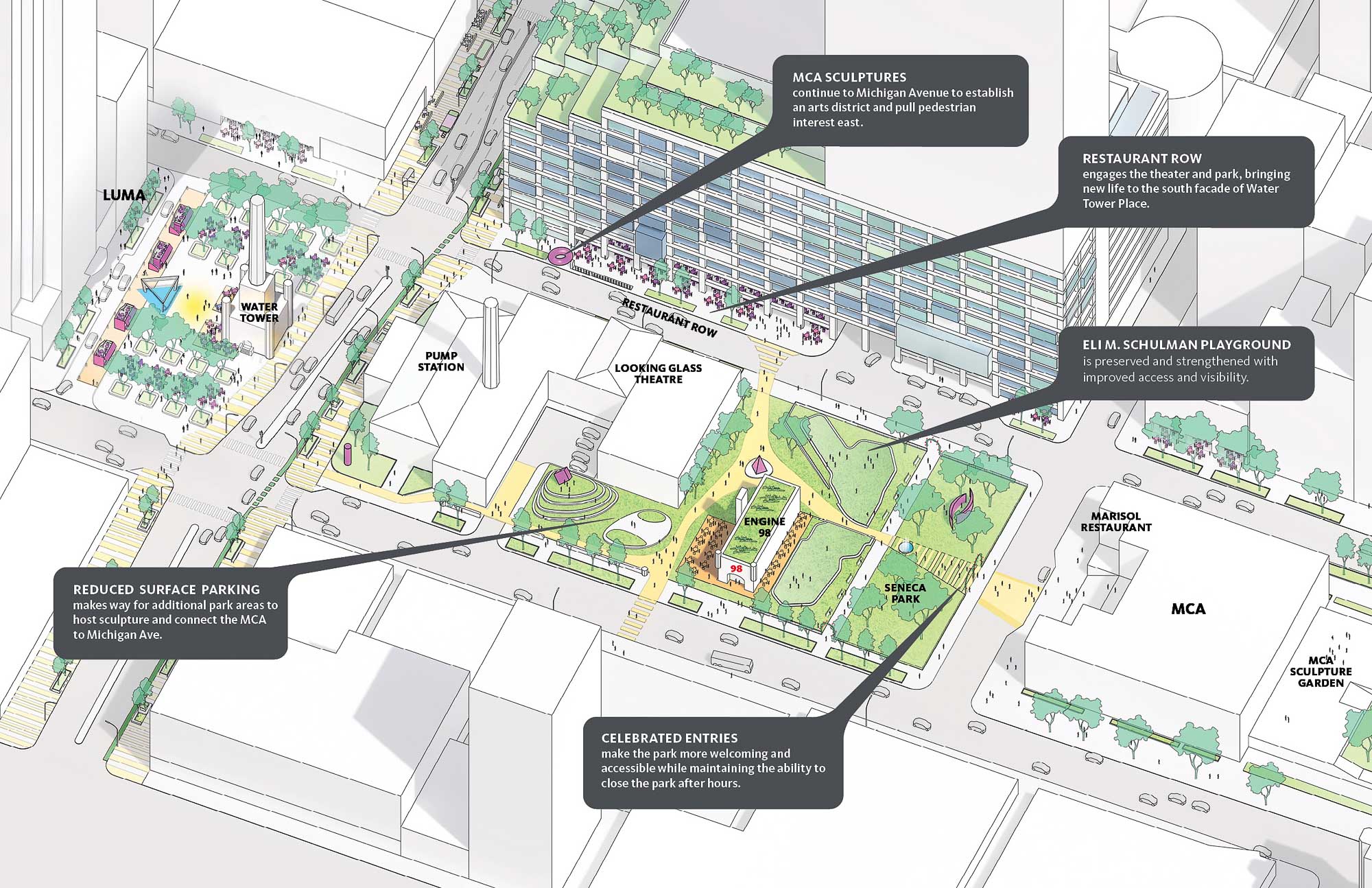
Key Area of Study: The Drake Hotel & Park
New traffic flows and strategies for connectivity begin to connect Michigan Avenue toward Oak Street Beach, and engaging park and walkway elements bring the pulse of the city together with the beauty of the lakefront.
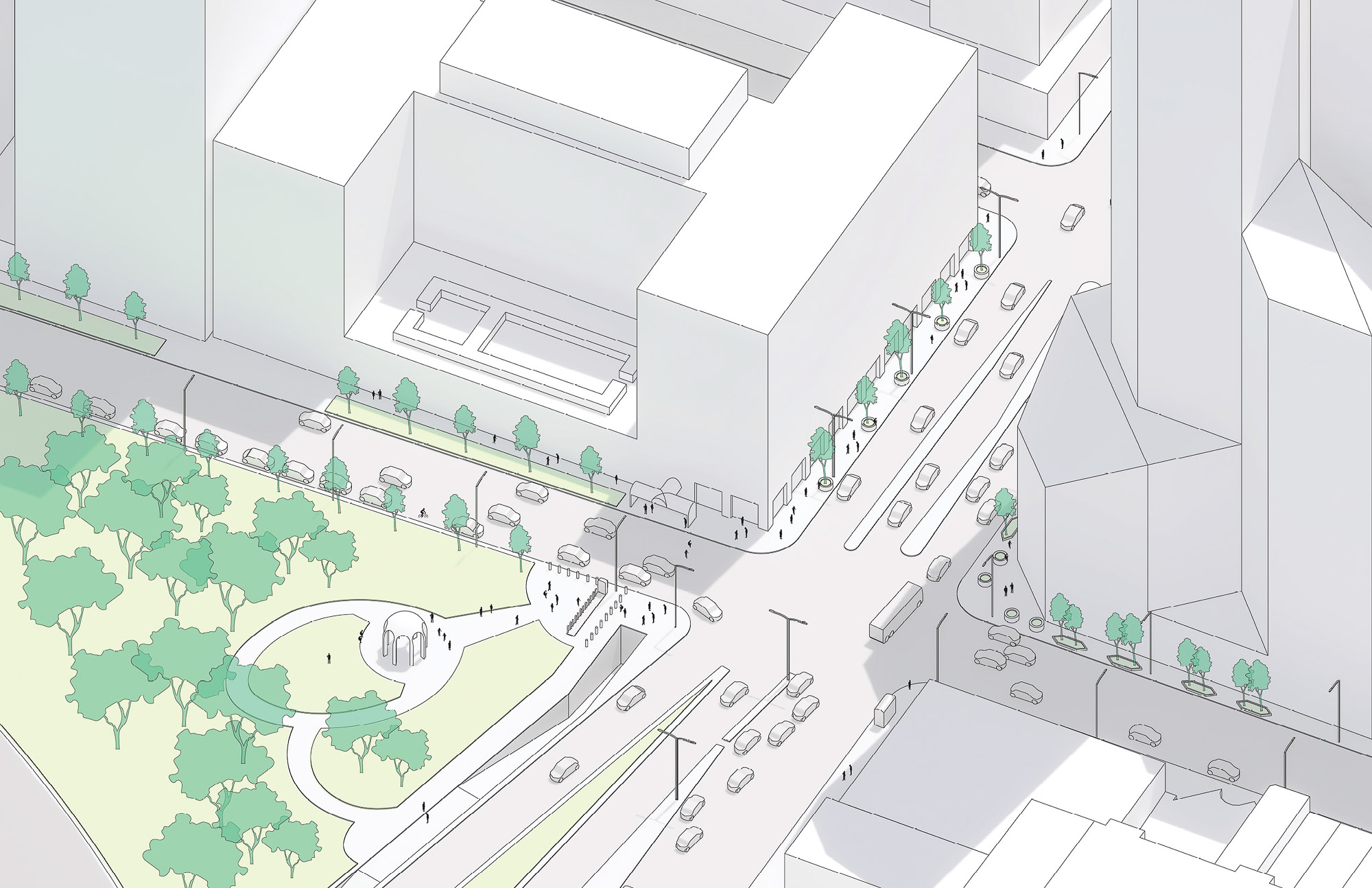
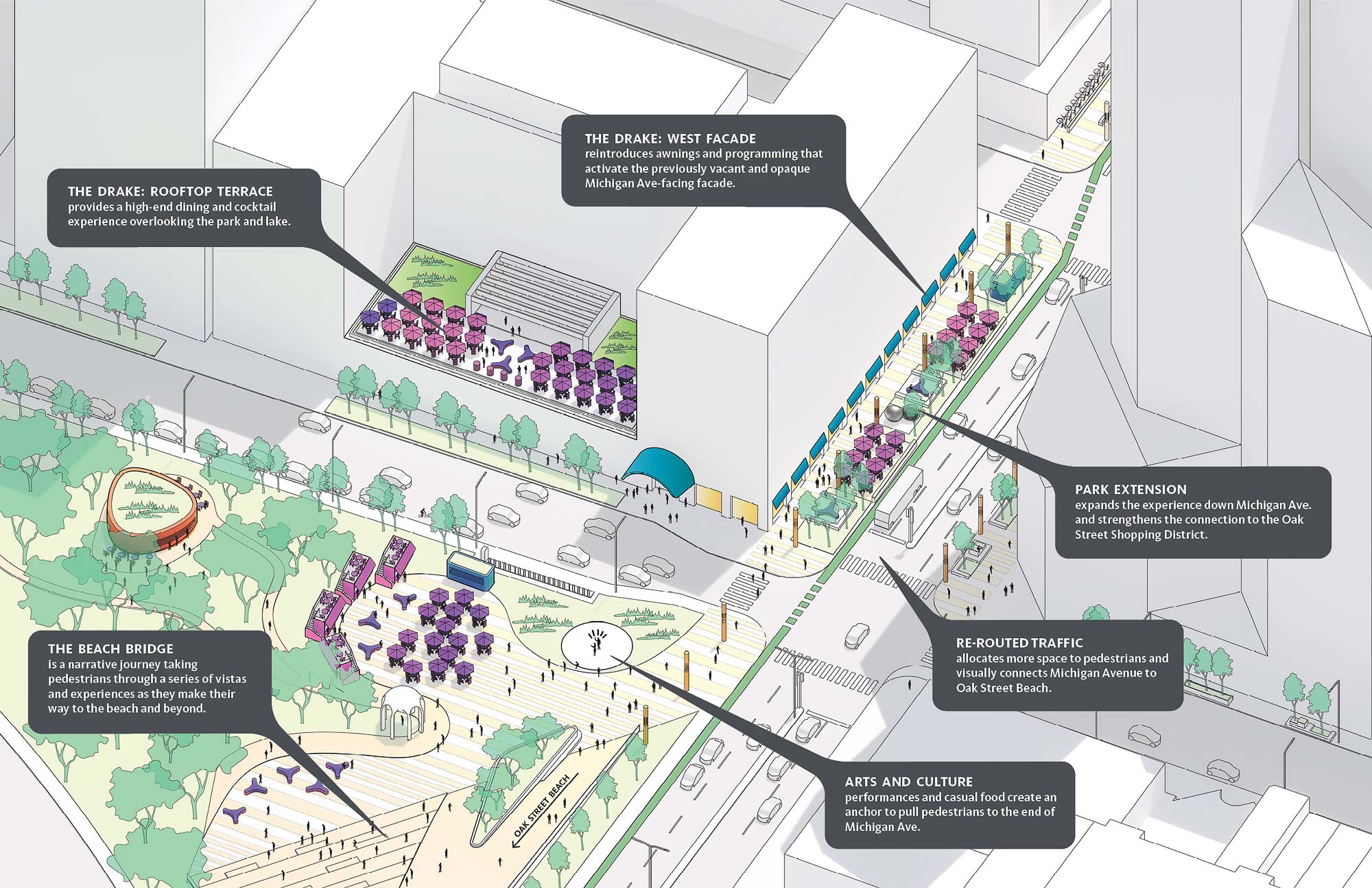
Key Area of Study: Oak Street Beach + Bridge
An intentional, connected experience drives Michigan Avenue visitors through to a new north end anchor: Chicago’s iconic lakefront.
This series of innovations and interventions aimed to bring North Michigan Avenue into its next era are intentionally designed to be phased — an aspirational, yet ultimately attainable plan that builds toward a district that is more accessible, inclusive, and dynamic than ever before.
For media inquiries, email .

